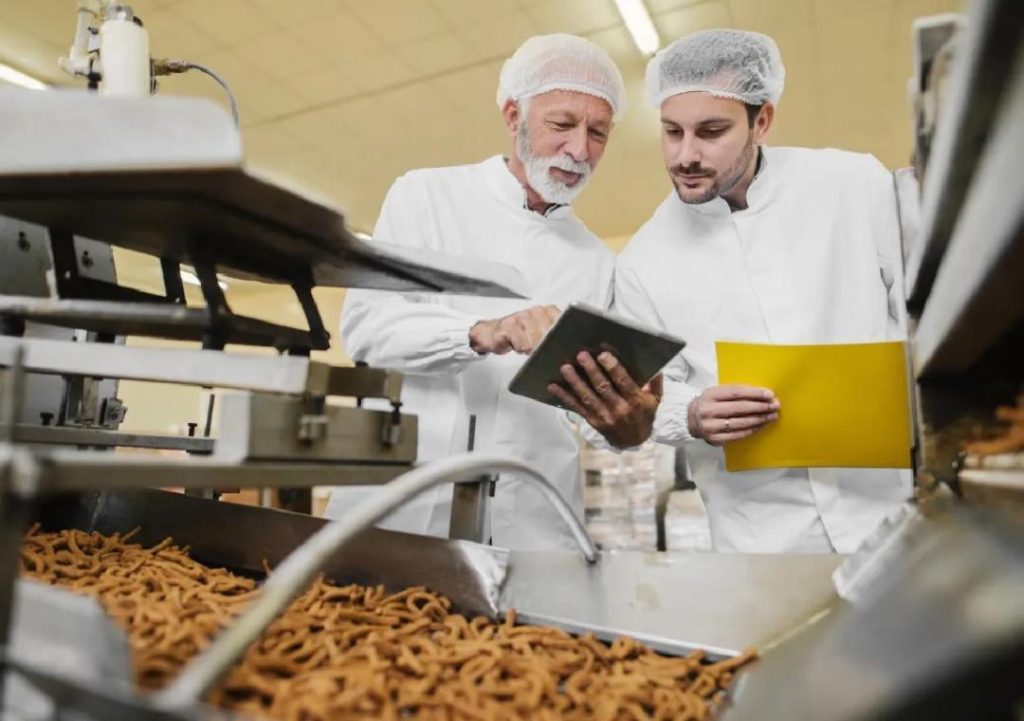
Can P&L Optimisation Redefine Success in Food Technology?
The food technology industry is witnessing a significant transformation, driven by the increasing demand for efficient and sustainable business operations. One of the key areas that are undergoing a makeover is Profit and Loss (P&L) operations. Traditional methods of managing P&L are no longer sufficient, and companies are turning to automation, smart inventory systems, and data analytics to streamline their operations and optimise profitability.
In this blog post, we will explore the impact of P&L optimisation on the food technology industry and how it can redefine success for companies operating in this space.
The Need for P&L Optimisation in Food Technology
The food technology industry is highly competitive, with companies facing intense pressure to reduce costs, improve efficiency, and increase profitability. The industry is also subject to fluctuations in raw material prices, changing consumer preferences, and regulatory requirements, making it challenging to maintain consistent profitability.
P&L optimisation is essential in this context, as it enables companies to:
- Reduce waste: By identifying and eliminating inefficiencies in production, companies can reduce waste and lower their costs.
- Improve demand forecasting: Accurate demand forecasting helps companies to produce the right quantities of products, reducing inventory costs and overproduction.
- Support better decision-making: With real-time data and analytics, companies can make informed decisions about pricing, production, and inventory management.
Tools and Technologies for P&L Optimisation
Several tools and technologies are available to help food technology companies optimise their P&L operations. Some of the most effective ones include:
- Automation: Automation helps to streamline production processes, reduce manual errors, and improve efficiency. Automated systems can also monitor production levels, detect issues, and trigger alerts.
- Smart inventory systems: Smart inventory systems use data analytics and machine learning algorithms to track inventory levels, predict demand, and optimise inventory management.
- Data analytics: Data analytics platforms provide real-time insights into production levels, inventory levels, and demand patterns, enabling companies to make data-driven decisions.
Benefits of P&L Optimisation in Food Technology
The benefits of P&L optimisation in food technology are numerous. Some of the most significant advantages include:
- Increased profitability: By reducing waste, improving demand forecasting, and supporting better decision-making, companies can increase their profitability and competitiveness.
- Improved sustainability: P&L optimisation enables companies to reduce their environmental impact by minimising waste, reducing energy consumption, and improving supply chain efficiency.
- Enhanced competitiveness: Companies that adopt P&L optimisation strategies are better equipped to respond to changing market conditions, customer preferences, and regulatory requirements.
- Scalable business models: P&L optimisation enables companies to scale their business models more effectively, reducing the risk of financial losses and improving their chances of success.
Case Studies: P&L Optimisation in Food Technology
Several case studies illustrate the impact of P&L optimisation in the food technology industry. For example:
- A leading food manufacturing company implemented an automated production system, which reduced production time by 30% and increased production capacity by 25%.
- A food processing company adopted a smart inventory system, which reduced inventory costs by 15% and improved inventory turnover by 20%.
- A food distribution company implemented a data analytics platform, which improved demand forecasting accuracy by 25% and reduced inventory levels by 10%.
Conclusion
P&L optimisation is a critical aspect of the food technology industry, enabling companies to reduce waste, improve demand forecasting, and support better decision-making. By adopting scalable models, businesses can boost margins, ensure sustainable growth, and stay competitive in the industry.
As the food technology industry continues to evolve, it is essential for companies to focus on P&L optimisation to achieve success. By leveraging automation, smart inventory systems, and data analytics, companies can redefine their approach to P&L operations and achieve greater profitability, sustainability, and competitiveness.
News Source:
https://www.growthjockey.com/blogs/p-and-l-operations-in-food-tech






